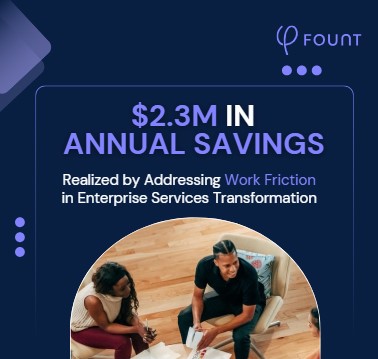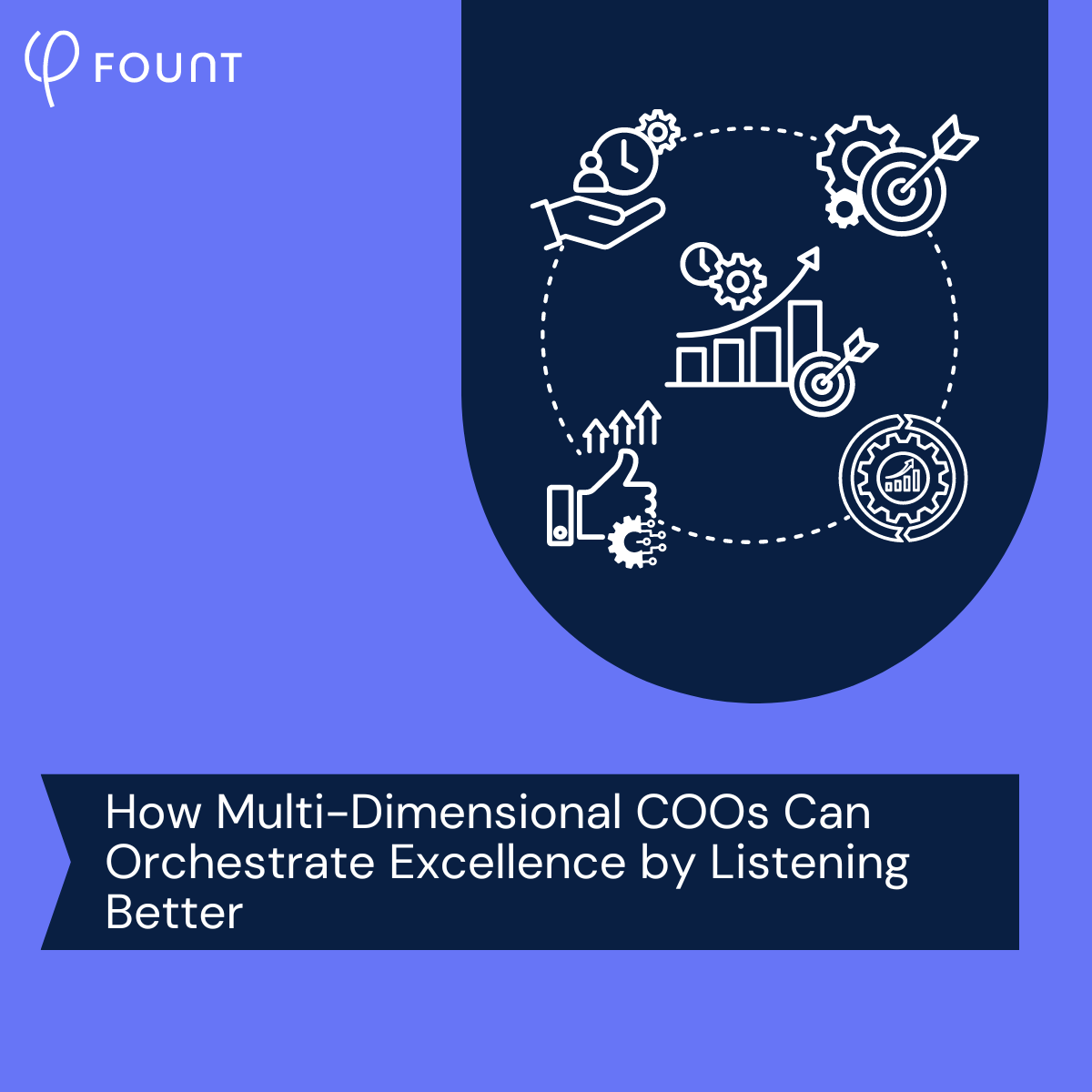Health Insurers: What to Know Before Investing in Call Center AI
Many health insurance call centers are testing generative AI throughout their operations. That maps to a growing trend in the broader healthcare space. Nearly half of all healthcare call centers (i.e., not just insurers) are experimenting with AI chatbots to answer patient FAQs, instantly support employees on calls, and more. The vision: more productivity per worker at a fraction of the cost.
But those productivity gains only happen if AI is implemented in a way that actually makes employees’ lives easier. Without the right strategy, the costs of AI could outstrip the benefits.
To inform that strategy, we’ll explain what every health insurer should know before investing in call center AI.
Generative AI Holds Promise – But Not for Every Call Center Employee
One of the most attractive generative AI use cases is a chatbot that employees can query on live calls. Consider, for instance, a customer calling in about a complex billing issue. If an expert team member isn’t available to help, the employee can ask an AI chatbot for guidance. The AI will reference its training data (internal documentation, call logs, successful resolutions, etc.) and present a few potential actions to take.
In theory, this tool can boost productivity for every employee. After all, it’s a lot faster to query a chatbot than wait on a human for guidance.
But there’s a big caveat: workers only see that benefit if they can actually interpret the AI’s output. And our research shows that newer hires struggle to do so.
Why? The reality is that many AI-generated responses assume a baseline level of experience and training that most new employees simply don’t have. So, when it comes time to choose the best action from a list, they get stuck in “analysis paralysis” – a state of fear that they’ll make the wrong decision. And in the context of health insurance, wrong decisions can have serious financial and medical consequences for the caller.
After a year or so of experience, employees are often able to better interpret AI outputs and confidently make decisions. But for new hires, generative AI can create serious work friction on already-stressful customer calls. To effectively implement call center AI, it’s crucial to deploy it for workers that it will help, not hurt.
Generative AI Can Have a Steep Error Cost
When generative AI becomes a roadblock, the resulting friction isn’t just bad for employees – it can increase the cost of error for call center AI experiments. That cost can be broken down into three buckets:
- Wasted work: Without adequate support, employees may have to wait to get managerial guidance – which can extend their average handle time and result in fewer calls handled per day.
- Greater attrition: If employees feel unsupported by team members and AI tools alike, they may be more likely to quit within their first year.
- A wasted investment: AI is expensive to train and deploy. If it’s not yielding any ROI, it could effectively become a stranded asset.
How can health insurance call centers lower the cost of error? The key is to measure the impact of generative AI early in the testing process. This way, you can better understand whether AI creates or reduces work friction. And you can tailor your experiments to more easily meet employees’ needs. We’ll explain how in the next section.
To Boost ROI, Collect Work Friction Data
The best way to learn how call center AI impacts employees is to ask them directly. Work friction software lets you do just that. With targeted surveys, you can uncover…
- Which moments of work AI affects most. Maybe AI affects employees most when trying to resolve a complex customer issue. Or when they’re dealing with a frustrated caller. Pinpointing these moments helps you understand where AI has the biggest impact.
- Whether AI has a positive or negative effect. As we noted earlier, generative AI affects employees differently based on their tenure. But depending on your organization, there may also be demographic factors at play, like race or gender. The right software should let you measure AI’s impact from multiple angles.
- Whether there are other sources of work friction at play. When new employees try to solve a complex issue, for example, you might learn that generative AI causes friction – but so does a lack of manager support. By drilling down into your data, you can grasp the full scope of work friction in any given moment.
With this data in hand, you can design and test ways to ease AI-fueled friction. If you have a cohort of new employees, for instance, you might invest in more hands-on call training and support for their first 12 months. Once they have enough on-the-job experience, you can introduce an AI chatbot into their workflow.
As compared to using AI on day one, employees will be able to better contextualize each output, make more confident decisions, and use the tool more effectively. For the business, that means more AI-powered productivity with a lower cost of error.
Confidently Invest in Call Center AI
It’s a smart move to experiment with generative AI right now. The technology could boost the efficiency of your health insurance call center. But the most successful experiments use data to learn how AI can remove work friction – and how it can be deployed in a way that benefits workers and the business. FOUNT can help you gather the work friction data you need to confidently invest in generative AI.
Learn how a US health insurer reclaimed $13.4 million by addressing work friction – case study
Related Resources
See all News
Insights
Breaking the False Tradeoff in GBS: Efficiency vs. Experience
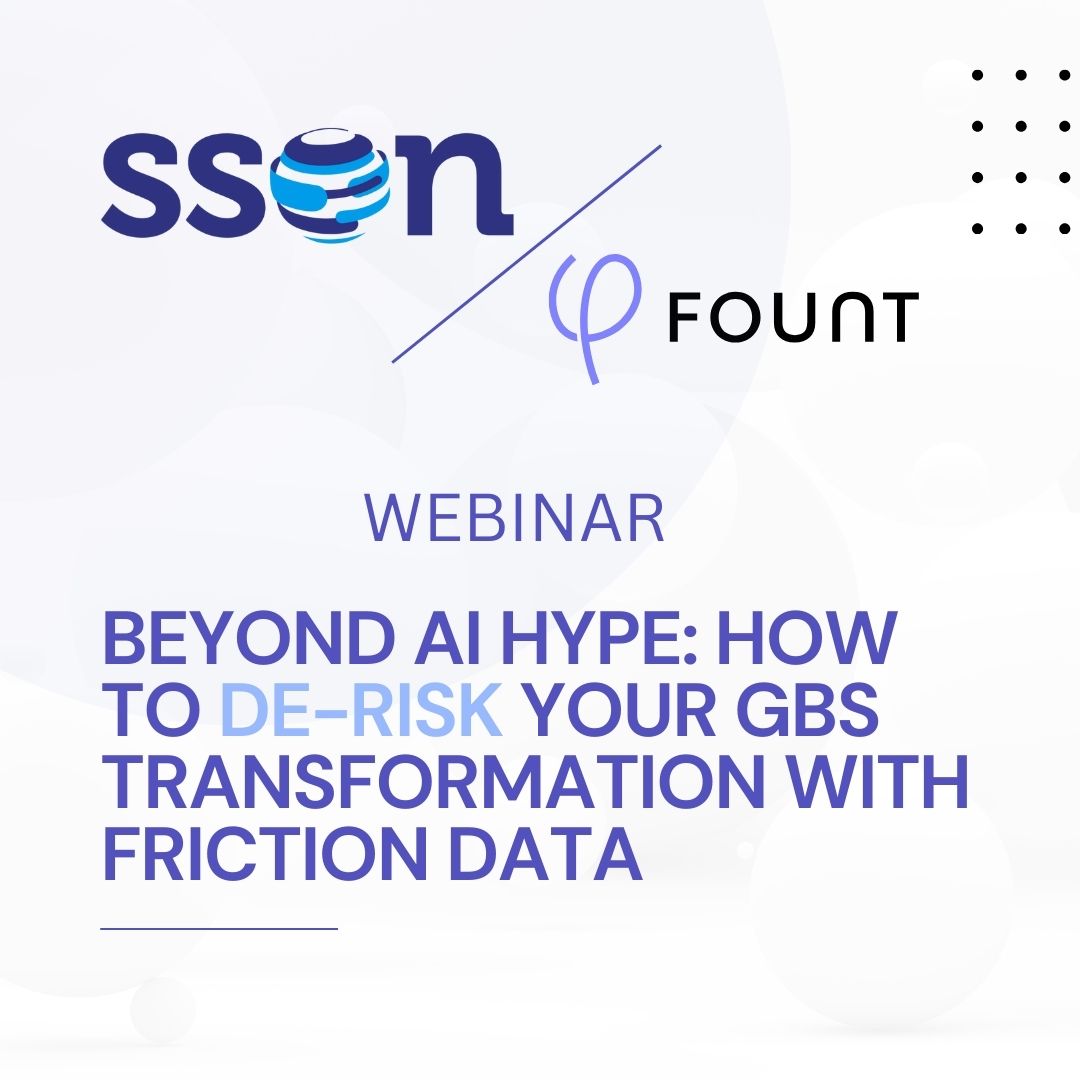
Events
LIVE Webinar – July 9th for SSON Network. Beyond AI Hype: How to De-Risk Your GBS Transformation with Friction Data

Insights
To Create New Value, GBS Leaders Need Different Data
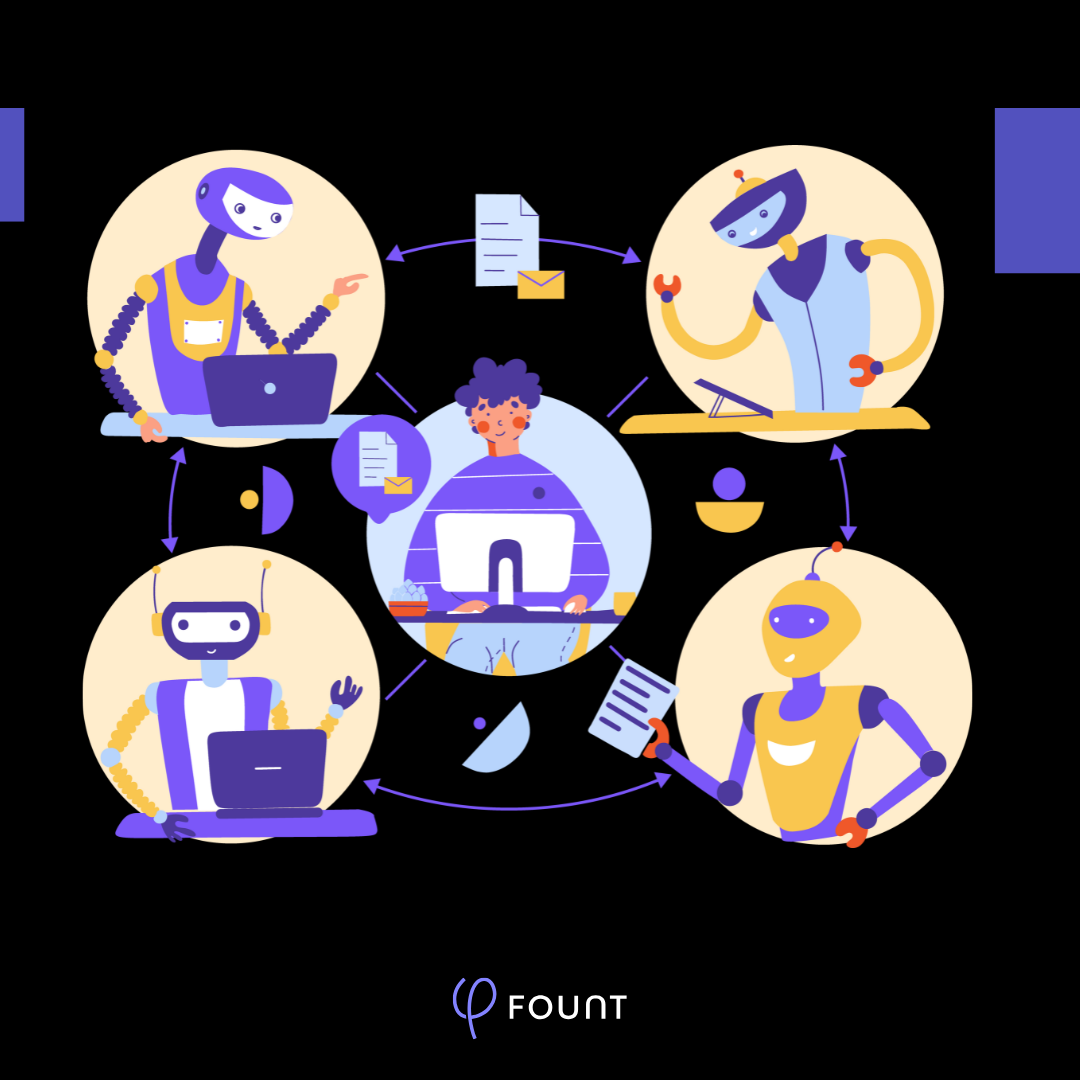
Insights
How to Keep Up with the Latest AI Developments
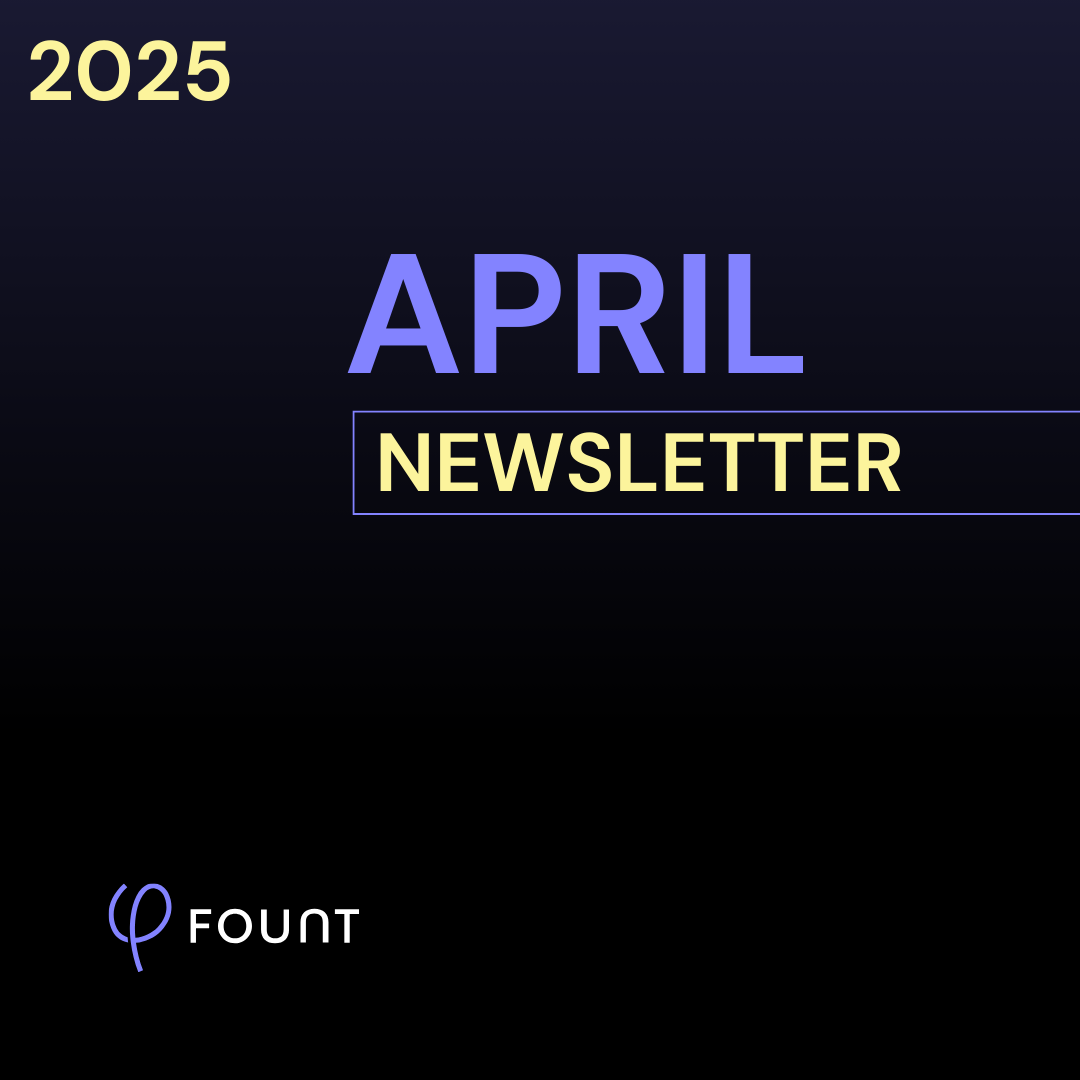
Insights
APRIL Newsletter. Friction: You Can’t Improve What You Can’t See

Guest Post
AI is Reshaping the HR Operating Model: Here’s What 15 Leading Companies Discovered
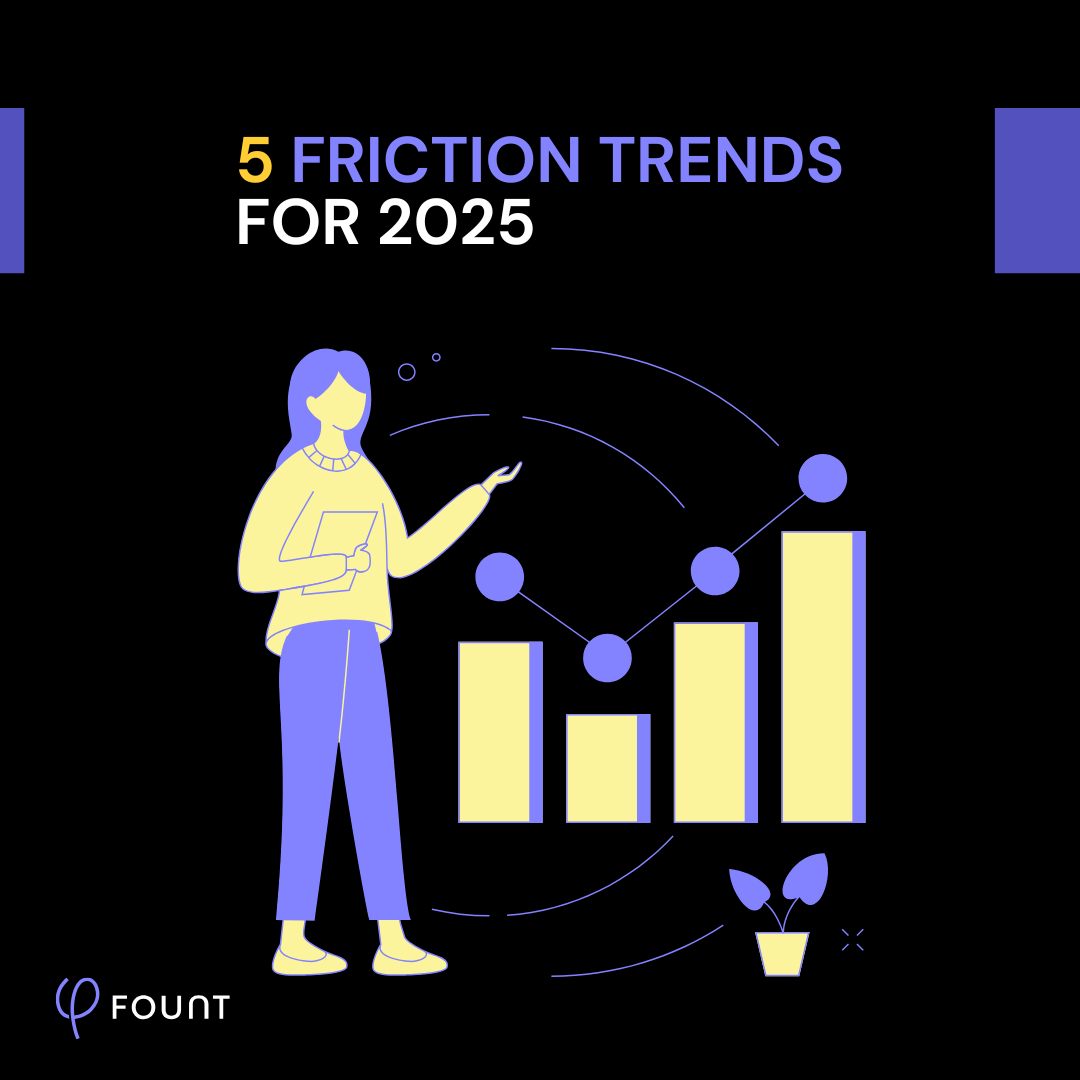
Insights
5 Friction Trends for 2025
Research
WHITEPAPER: Work Friction
